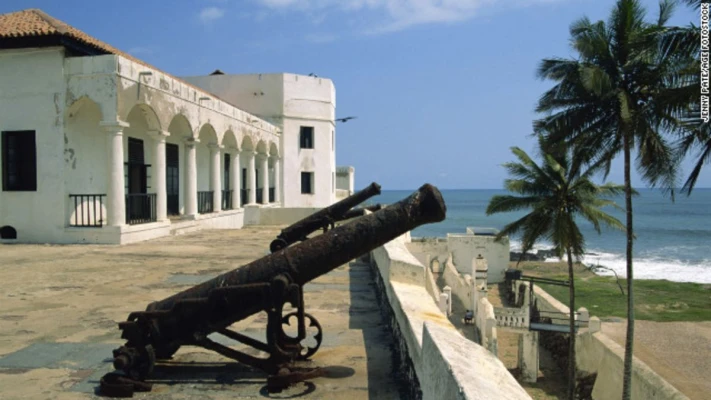Battle of Feyiase: The Rise of...
May 16, 2024

The Battle of Elmina, a significant military engagement of the Dutch-Portuguese War, took place near São Jorge da Mina (Elmina Castle) in the Portuguese Gold Coast in 1625. This battle saw 1,200 soldiers of the Dutch West India Company, transported by a fleet of 15 ships, launching an assault on the Portuguese garrison stationed at the castle. The Portuguese defenders were bolstered by 200 African allies, enlisted by the local caciques to support the governor Sottomayor.
The Dutch initiated the conflict by bombarding Elmina Castle with cannon fire. Following the bombardment, Dutch forces began their advance towards the castle. However, they encountered a devastating ambush by the Portuguese and their African allies, who had strategically positioned themselves in concealed locations. This ambush resulted in a near-total massacre of the Dutch troops, including the deaths of the commander-in-chief and all his officers.
The Portuguese forces suffered minimal casualties and emerged victorious, capturing 15 flags, 15 drums, and more than 1,000 muskets, pikes, pistols, and pieces of clothing from the defeated Dutch. Despite their heavy losses, the Dutch ships continued to bombard the castle, firing over 2,000 cannonballs before ultimately withdrawing from the engagement.
The Battle of Elmina stands as a stark example of the fierce and strategic combat that characterized the Dutch-Portuguese War, highlighting the crucial role of alliances and tactical positioning in determining the outcomes of such conflicts.
May 16, 2024
May 11, 2024
November 23, 2023
May 14, 2024
February 16, 2024
May 15, 2024
May 9, 2024